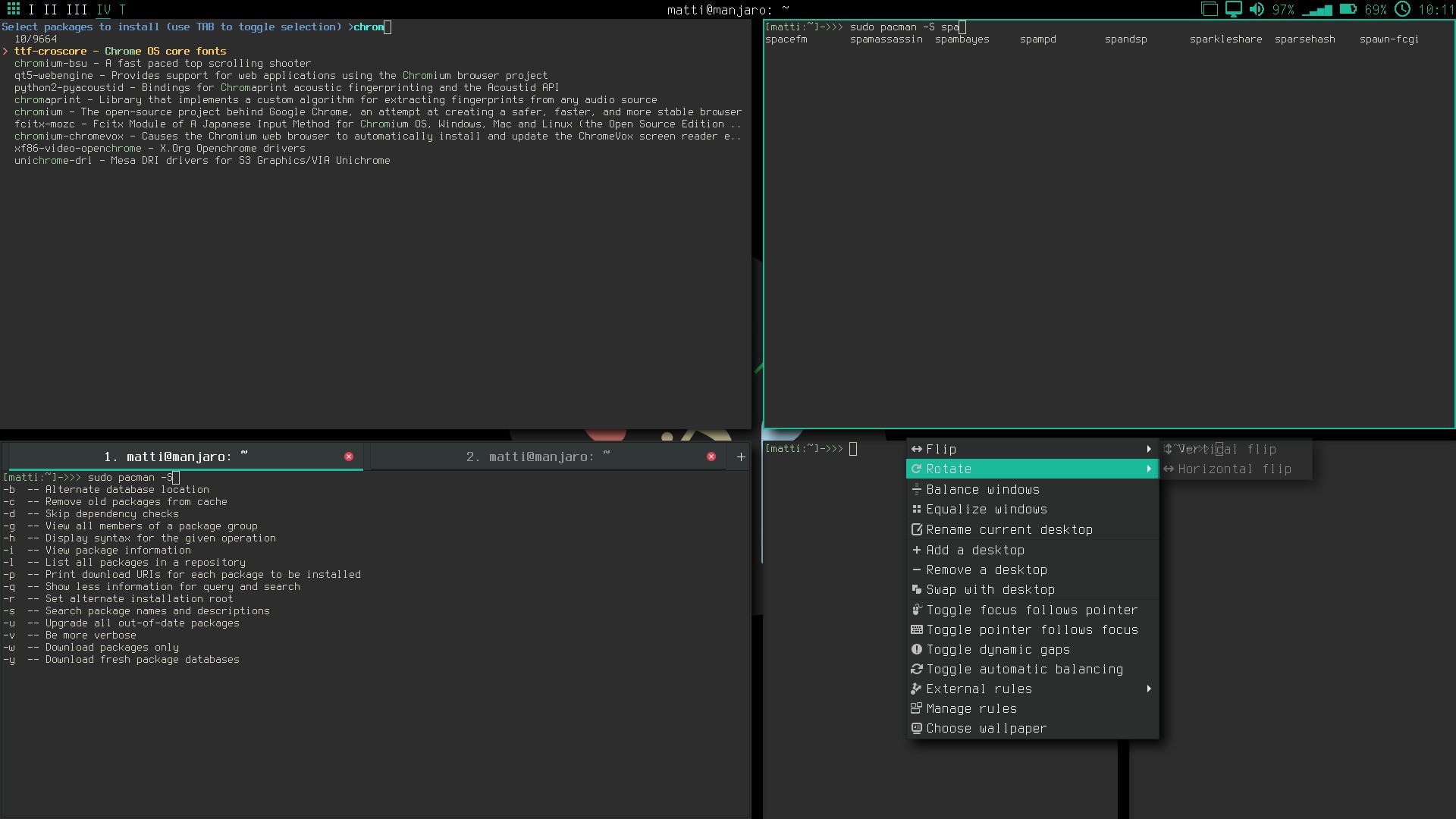

That can leave things in an inconsistent state, and you may need to restart your window manager to repair the damage. If you are using a virtual root window manager, chmod +x screensaveroff. As the man page for xscreensaver-command -exit warns, Warning: never use kill -9 with xscreensaver while the screensaver is active.
MANJARO DISABLE XSCREENSAVER INSTALL
What is Xscreensaver Systemd xscreensaver-systemd is now integrated in XcreenSaver 5.43. 3) Go to the LXTerminal and type the following sudo apt-get install xscreensaver (press enter), when it has loaded reboot your Pi 4) when Pi has rebooted click on File manager and open screensaver. The automatic lock screen for KDE can be disabled or configured. From there select Disable Screen Saver and that should do the trick. The lock screen brings you to SDDMs login screen for KDE-based distributions such as Kubuntu. In the Display Modes tab, you should see a drop-down list named Mode. xscreensaver-command -exit only kills the parent daemon xscreensaver if there is not a screensaver running. You can easily disable screen saver using xscreensaver-demo, which will prompt a simple GUI config.
MANJARO DISABLE XSCREENSAVER HOW TO
If you want to control screen lock from the command line, here is how to do it. Also, you can enable or disable screen locking. In this setting, you can set screen inactivity period and screen lock delay.

xscreensaver-command -deactivate, counterintuitively, only "simulates user activity" and still requires a password to unlock the screen. Go to System Settings -> Brightness and Lock.

The problem is that there doesn't seem to be a good way to unlock xscreensaver from the command line. I have a small script I wrote which locks and unlocks the screen via xscreensaver when I connect or disconnect my USB thumb drive, which effectively turns it into a physical key to my workstation.


 0 kommentar(er)
0 kommentar(er)
